Your office and Lower Back Pain
The main muscles involved are…
The hip flexors. They are the groups of muscles that are built to lift the thigh to the abdominal muscles and wall. These muscles include: the iliacus, psoas major and rectus femoris.
Even though they sound like dinosaur names, these are the muscles that keep our hip joints agile and functional! The ilacus muscle attaches the hip bone to the top of the femur (or the top leg bone).
The psoas major stems from the lumbar spine (the bottom of your back above your tush) to the top of the femur.
Lastly, the rectus femoris (part of your quadriceps muscle) attaches from the hip bone to the base of the knee.
All of these bones and muscles work together to create a fluidly functioning hip flexor, in which TAI Chiropractors in NYC specializes.
Sitting and lower back pain-
The way and duration that you sit every day really affects hip flexor health. Every muscle lengthens and shortens during different physical positions and activities, and sitting keeps your muscles in the short position. So when you sit for too long and then you stand up, the muscles have to stretch in order to bring your leg below your body and lengthen to straighten it out.
Unfortunately, when the muscles become overused and tight, they cannot stretch out as much as they used to. This inability to stretch results in the pelvis rotating to finagle your body into a standing position. The pelvis rotation then causes pressure on your lower back and pulls your spine forward.
Core function and strength also have a considerable effect on hip flexor strength and flexibility, but we can save that for another time.
What is a person to do to have strong and durable hip flexors?
Even though your standing position may look the same from the outside, it is definitely not the same on the inside. Firstly, stand and stretch every twenty minutes or so. Even if you have a job where you need to sit for long periods of time, make it a point to get up, go for a small walk (even to the restroom) and stretch your upper and lower body. If you can’t get up every twenty minutes, just make sure to not sit for an hour or longer.
If you are a real go-getter, you can also do a hip flexor stretch. Do so by resuming the position in the picture below and push your hips forward. (which could be a tad bit embarrassing in the office).
But you can be a sly hip flexor stretcher with the following invisible stretch that won’t embarrass you in front of your colleagues:
Place your hand on your tush like you would to place your hands in a jean pocket. Then push your hips forward, without extending your back. Use your energy to really push your hips forward. You can also lift your heels off the ground to get a deeper stretch.
This should lengthen your muscles, and you should feel a stretch in your hips. If you feel anything in your back, you may be extending your back too much which is what we don’t want here. Also, if you feel any tingling sensations down your leg, stop immediately.
Leg tingling is a bad sign, and please seek professional help if you experience that sensation.
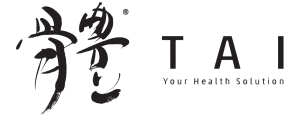







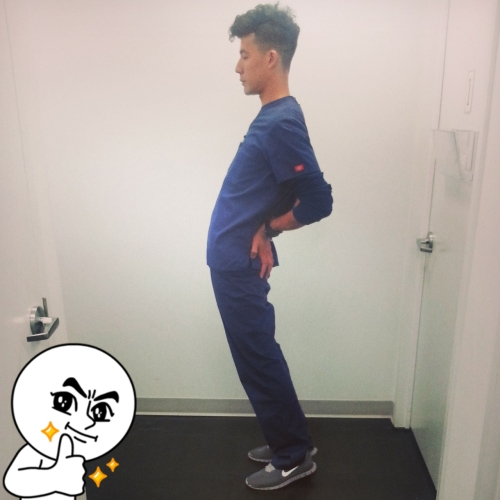
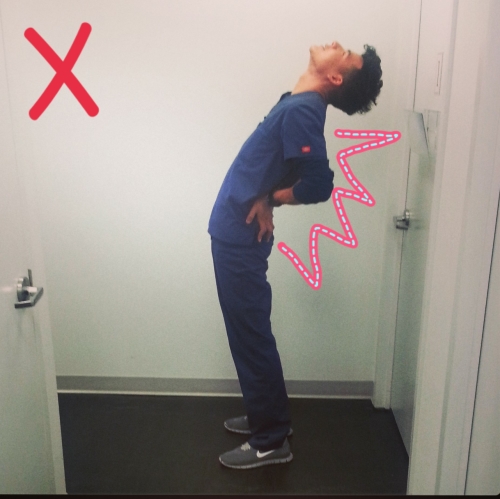
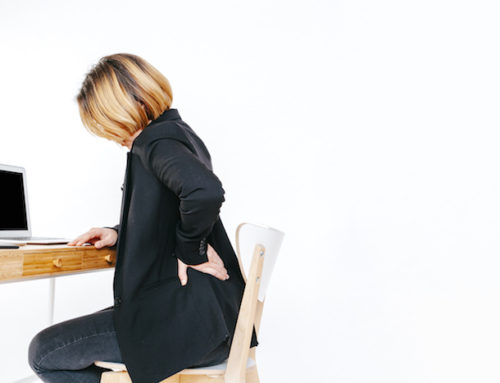
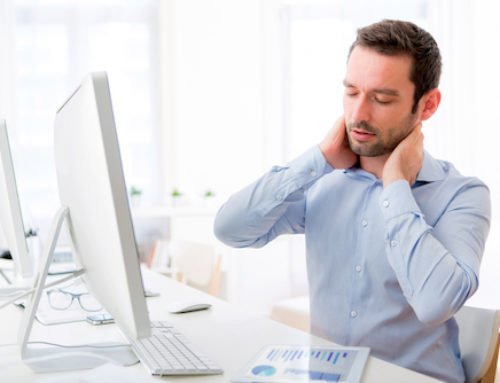
Leave A Comment